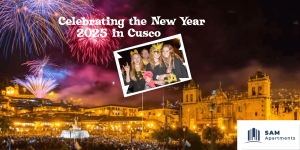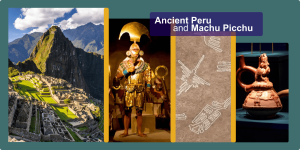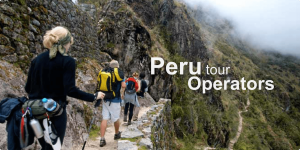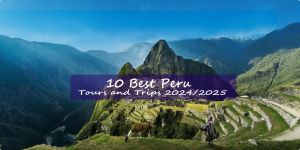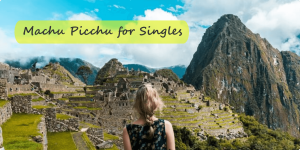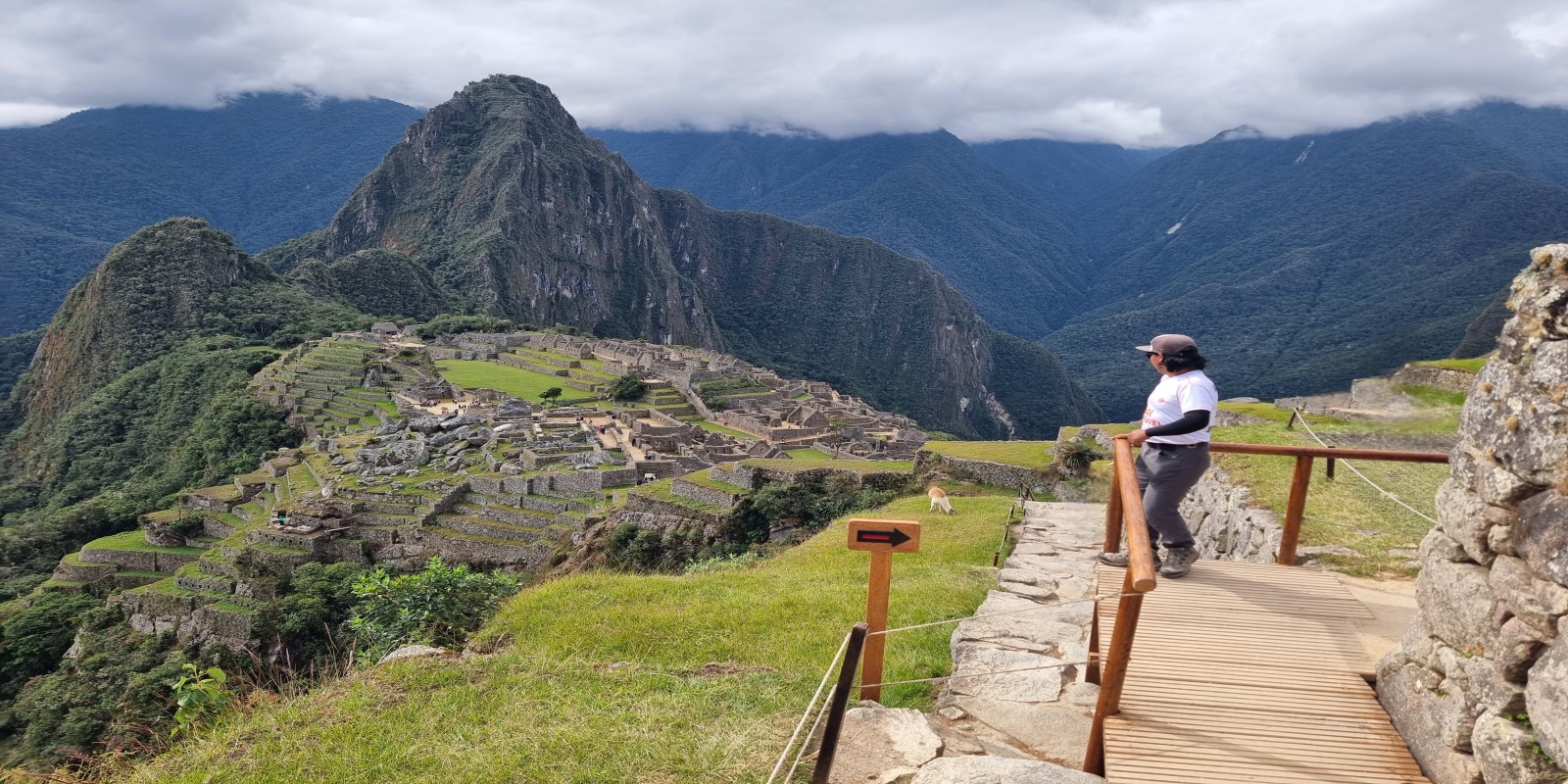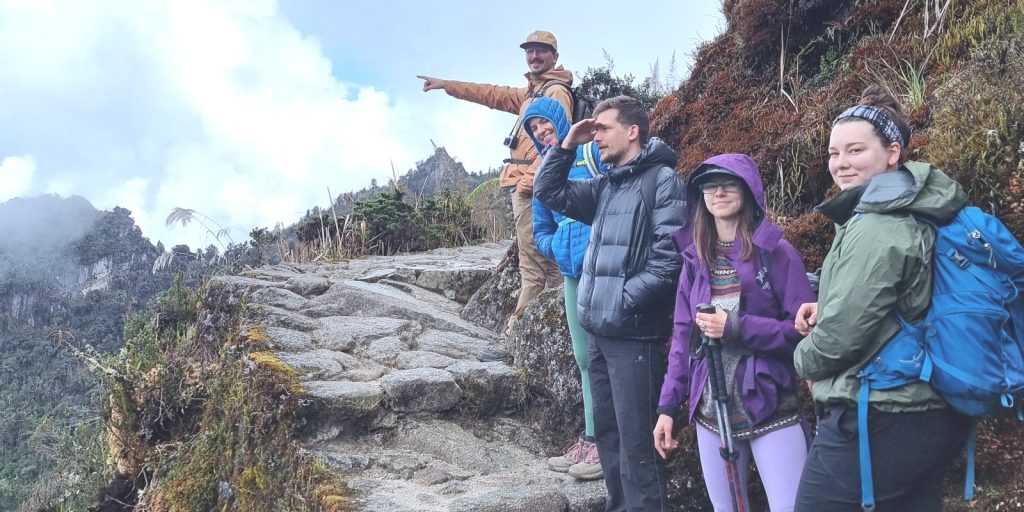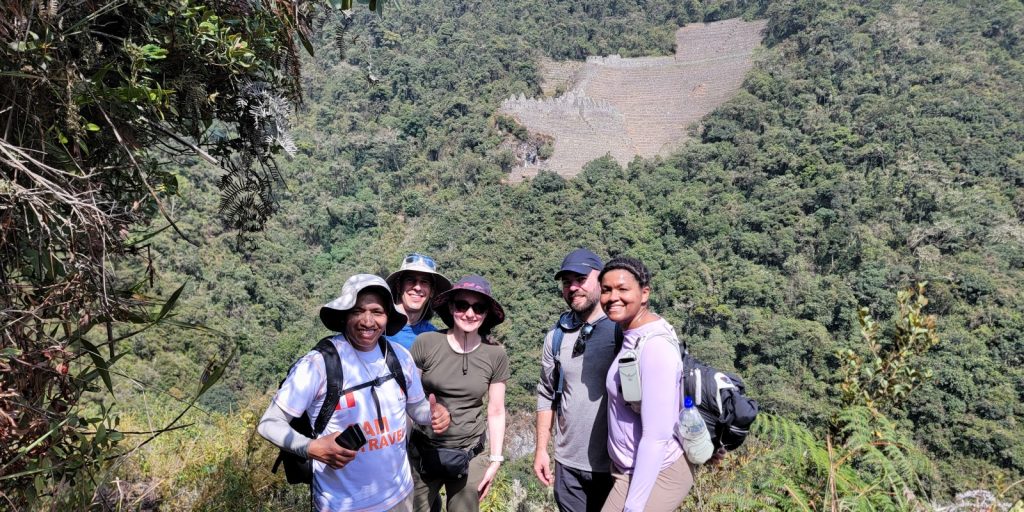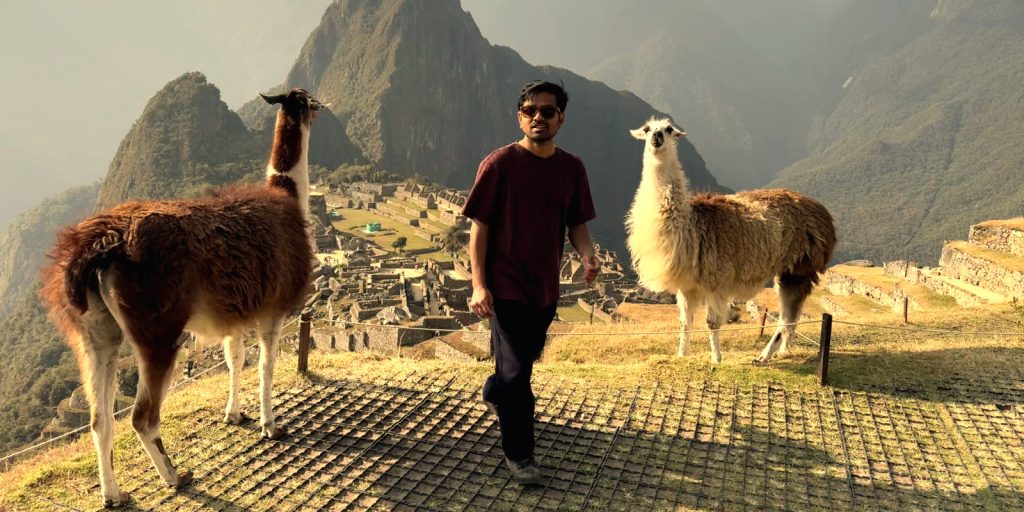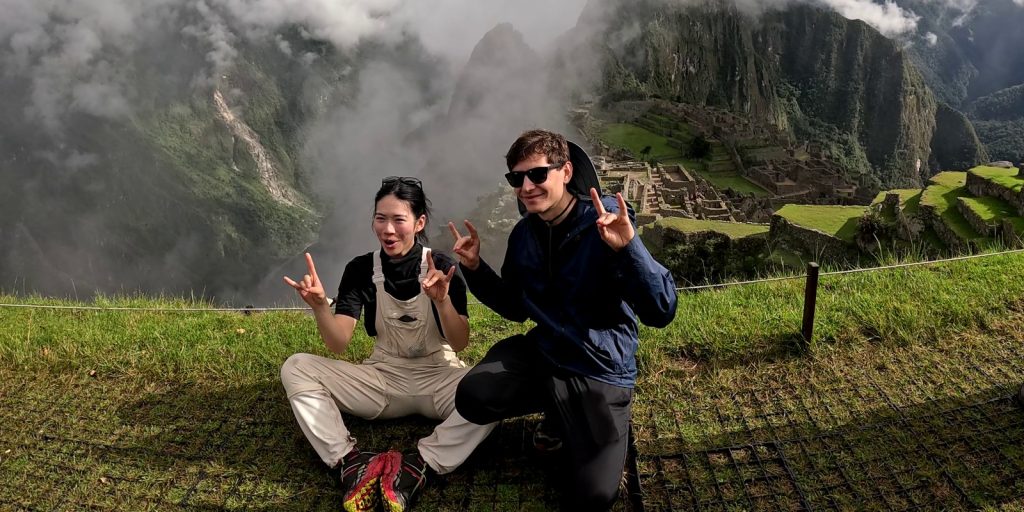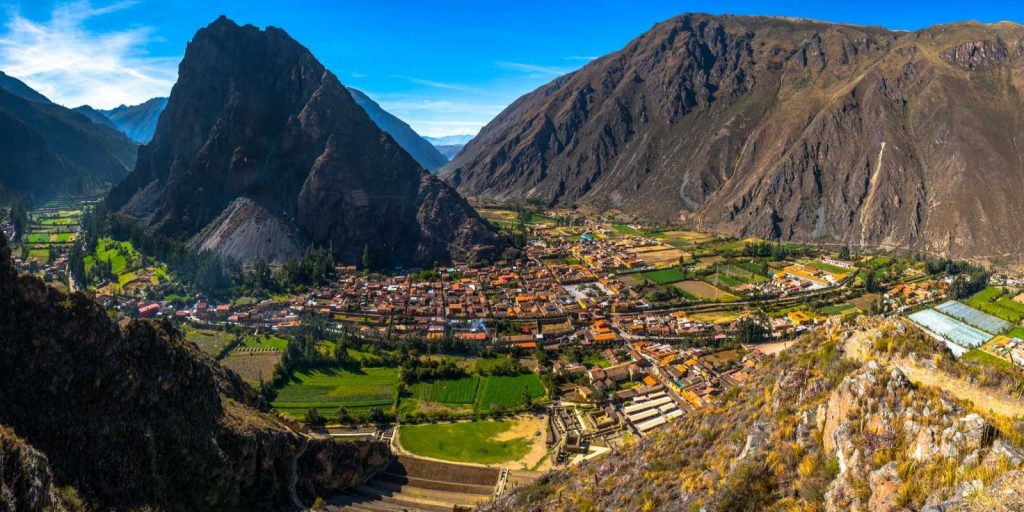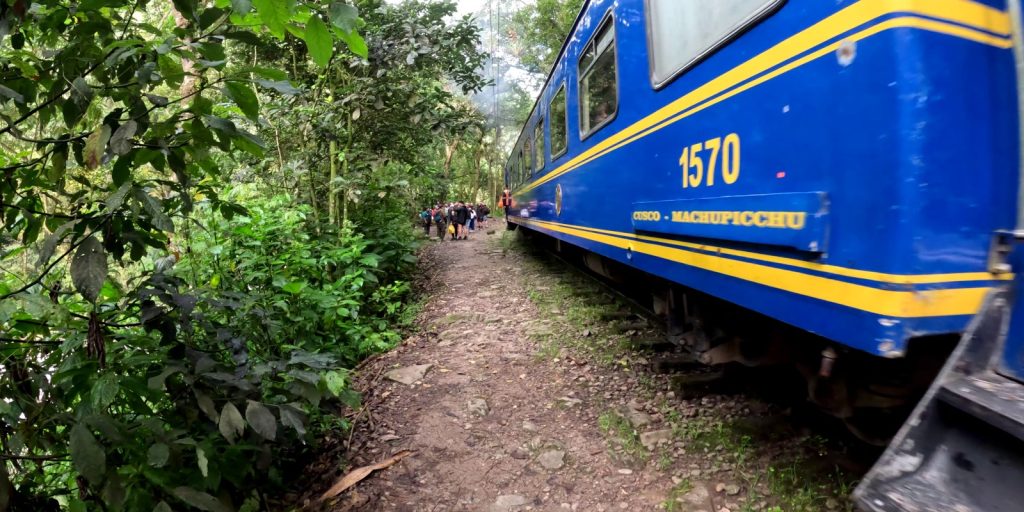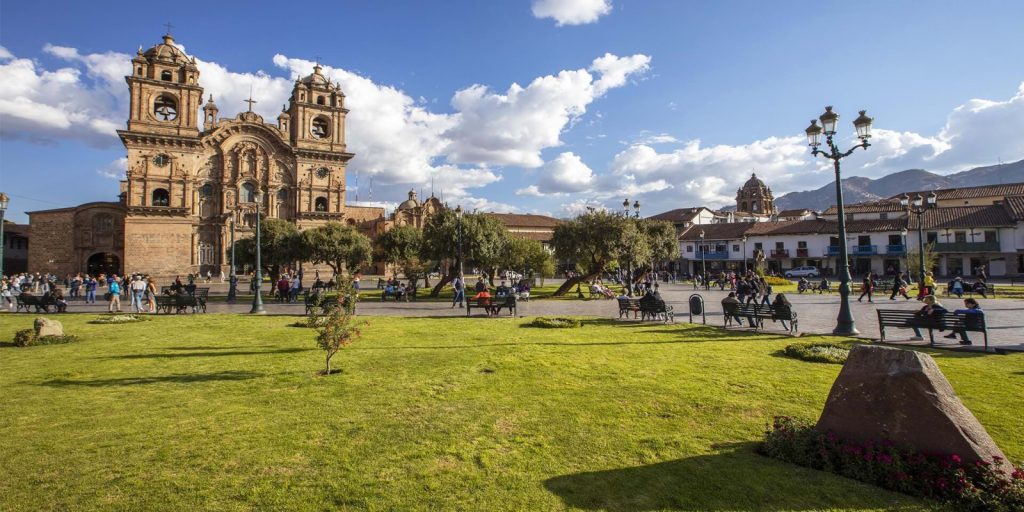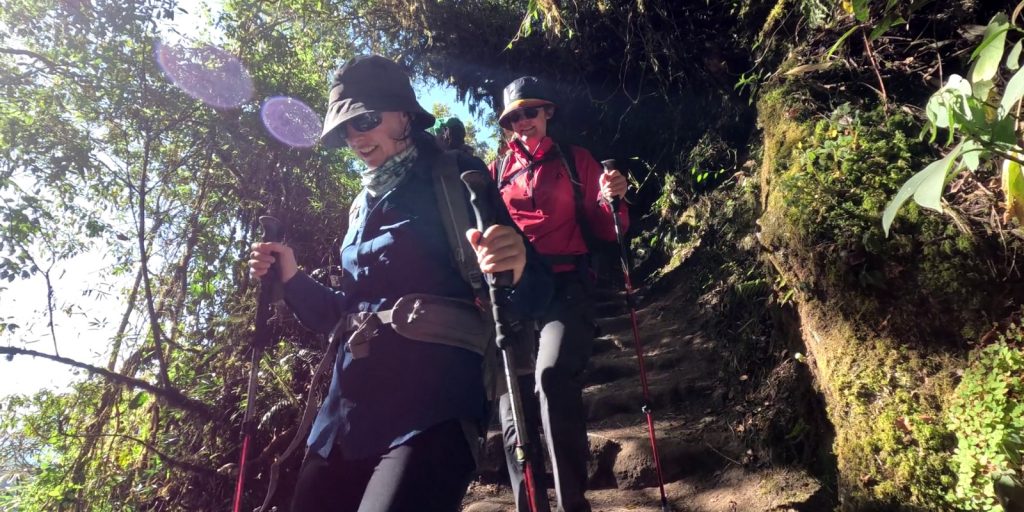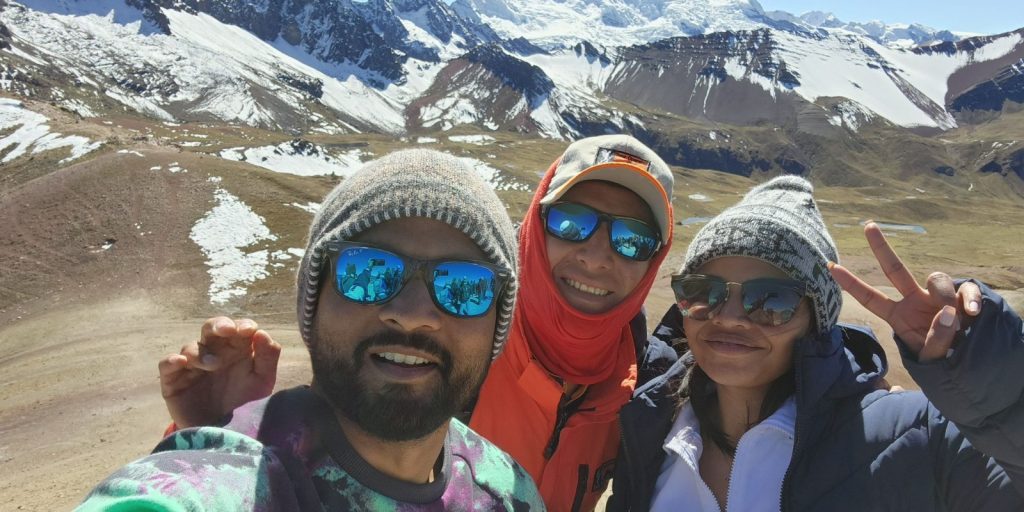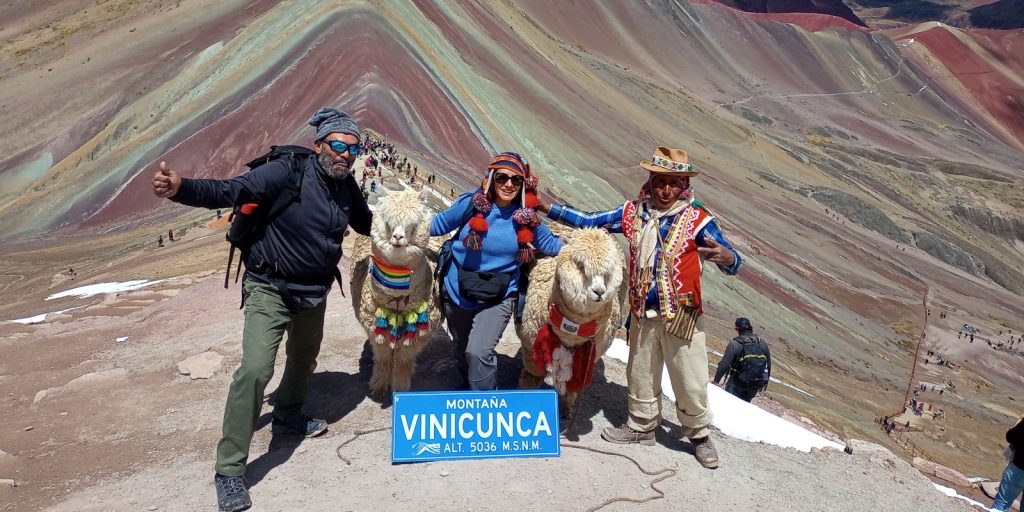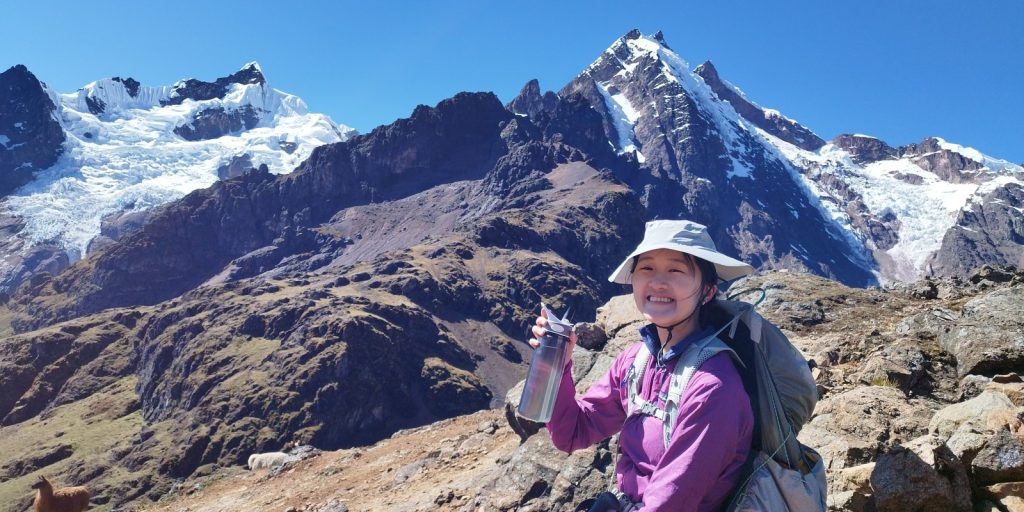What is there to say but how beautiful is Machu Picchu? the Inca Citadel is the highlight of any tour taken to Peru. Located on the side of a mountain in the high Peruvian Andes, Machu Picchu will amaze you with its incredible architecture and the ingenuity of the Inca builders. The breathtaking scenery and the spirituality are something that will live in your memory forever.
History
Most archaeologist agree Machu Picchu was built by the Inca Pachacutec, the founder of Tahuantinsuyo, the Inca empire, who ruled from 1438 to 1471. The building of Machu Picchu began around the time the Inca were expanding their territory. Around the same time, a battle was fought against the Chanca people, which the Inca were victorious and Pachacutec reigned over all the lands. A strong leader, he was known for his territorial conquests and the development of religion and spirituality. Pachacutec was the constructor of Cusco, this and Machu Picchu were among his greatest achievements. There are many theories as to why the Incas Left Machu Picchu, one was that water was difficult to get to the site, there are many others none of which are confirmed. We are lucky that the Spanish never entered the jungle and didn’t find Machu Picchu so we can see the ruins mostly intact.
July 24th, 1911 is known as the “rediscovery” date of the famous Inca citadel of Machu Picchu, the architectural treasure had been hidden for more than four centuries under the lush nature of the Urubamba canyon. The rediscovery was made by the American explorer, amateur archeologist, Yale University professor Hiram Bingham.
Design of Machu Picchu
Machu Picchu architecture is a testament to the remarkable skills and creativity of the Inca civilization. The carefully planned layout was designed to harmonize with the natural environment. The Inca chose a location that was surrounded by stunning natural beauty, with views of the Andes mountains and the Urubamba River. The site was designed to blend into the landscape. The Inca used natural materials for the terracing to create harmony and balance.
The buildings were oriented to align with the movement of the sun and the stars. Machu Picchu reflects the Incas deep understanding of astronomy and nature. The buildings at Machu Picchu were also designed with both function and aesthetics in mind. The structures were designed to meet the needs of the people who lived and worked at the site, with different buildings serving different purposes such as living quarters, storage units, and temples. The buildings were adorned with intricate carvings and decorations, demonstrating the Inca’s skill and mastery of art.
What was the purpose of Machu Picchu?
There are many theories but these are some of the latest
Inca Fortress
Machu Picchu possess various elements that could have been used for defense purposes, such as a hilltop location, steep sides, narrow trail, terraces and sturdy walls.
Inca Religious Center
The Temple of the Sun, the Room of Three Windows and Intihuatana provide ample evidence of Machu Picchu religious importance. Historians say that MachuPicchu is certainly a grand structure, too grand to be a simple fortress, but grand enough for the Gods.
Inca Administration Center
Some archaeologist see Machu Picchu as an administrative center, but others argue that its location and strongly religious character set it apart from the administrative stations called tambos that the Incas had set up along their 50,000-kilometer (more than 30,000 miles) road network.
An Inca royal estate
A place where members of the Incan royalty relaxed, hunted and entertained foreign dignitaries and other guests in Machu Picchu’s warmer and more pleasant climate. As a royal retreat, Machu Picchu provided an escape from Cusco’s harsh winter climate. Considering the importance of the emperor and his guests, it is understandable that Machu Picchu would also function as an administrative, religious and defensive location.
What you will see at Machu Picchu
1. The Central Plaza
The Central Plaza essentially separates the ceremonial section of Machu Picchu from the residential and industrial areas. When visiting this plaza, you will be surrounded by roofless stone structures and steep green terraces. This location is another place where you will see llamas roaming through the area and grazing on the grass. There are great views of Huayna Picchu from the plaza.
2. The house of the high Priest
Very little is known about the House of the High Priest, the building is still standing with all four walls and can be found opposite Principal Temple in the Sacred Plaza and the Temple of the Three Windows.
3. Caretakers Hut
The Hut of the Caretaker of the Funerary Rock is one of the buildings that has been restored and is one of the most photogenic places at Machu Picchu. This location is believed to be where Inca nobility were mummified on the carved rock behind the hut. The views from this point offer one of the most dramatic views of the entire complex below. See a small herd of alpacas and llamas enter Machu Picchu near Funerary Rock to graze on the grass along the terraces.
4. Intihuatana
The Intihuatana is a rock is often mistaken for a sundial; however, the exact reason the Incas used this is still unclear. Many believe Inca astronomers used it to help predict the solstices. Located at the top of Intihuatana hill, this site is a must because there is an energy in the air that many visitors claim to have helped recharge their bodies.
5. Principal Temple
Principal Temple is named after the perfection of its construction, which is a fine example of the Inca masonry’s sophistication. This temple is located in Machu Picchu’s Sacred Plaza and is a massive three-sided building made of beautifully cut stone. It is believed that Principal Temple was used for ceremonial offerings.
6. Royal Tomb
The Royal Tomb is almost hidden, but you can find it below the Temple of the Sun, near the center of Machu Picchu. Inca stonemasons carefully carved this natural rock cave, its use is still highly debated. The main feature of this tomb is the large altar with two levels and the stone staircase that is carved into the rock.
7. The Temple of the Condor
The Temple of the Condor is named for the giant carving of a head of a condor and is a stunning example of the stonework Inca masons achieved. The outstretched wings of the condor carving are made using rock outcrops, which adds to the magnificence of this site. It is believed that the head was used as a sacrificial altar, there is a small cave below the temple that was used for rituals.
8. Temple of the Sun
The only round building at Machu Picchu is the Temple of the Sun, a curved and tapering tower. The best way to view this site is from above, as the actual structure is off-limits to visitors due to it being unstable. The Temple of the Sun is one of the most sacred temples found within the Inca citadel, the rounded walls and the trapezoid window, made this temple available to the Incas for many uses, including solar observatory and offerings to their gods,
9. Temple of the 3 Windows
The Temple of the Three Windows is named for the three substantial trapezoidal windows and is located near the main square of Machu Picchu. There are many discussions about the purpose and origin of the temple and the windows, some theorize the windows represent the different planes of existence — underworld, heaven, and Earth.
10. Temple of the Moon
The Temple of the Moon is a secret shrine tucked away in a series of beautifully carved caves hidden from the main ruins, at Huayna Picchu. This structure had transcendental religious value for the community and is a unique place to explore.
Weather and Altitude
The high Peruvian Andes have 2 seasons, the Wet and the Dry Seasons. The Dry season is generally from April to October, the weather is clear but the crowds are great, you will have to wait at all the major sites as there will be queues to take photos. The Wet season is from November to March, with January, February and March being the wettest months. There will be cloud cover at Machu Picchu but the crowds will be fewer.
Machu Picchu is located at an altitude of 2,430 meters (7,972 feet) above sea level. Cusco, the gateway city before your trek to Machu Picchu, is located at an elevation of 3,399m (11,152 feet) above sea level.
How to get to Machu Picchu
You have several options to get the Machu Picchu with most leaving from the city of Cusco.
Train
The most popular way to get to Machu Picchu is by train. Trains leave from Cusco (Poroy) and the Sacred Valley (Ollantaytambo) several times a day. You have a choice of budget, luxury and super luxury train. Travel through the beautiful Sacred Valley of the Incas to the charming little town of Aguas Calientes, the town below Machu Picchu.
Hiking
Growing in popularity and a favorite of the adventurous is to hike to Machu Picchu. The Classic 4-day Inca Trail to Machu Picchu is the most popular, then you have the 2-day Inca Trail, which gives you a taste of the hike, with both ending in Machu Picchu. There are alternative hikes that include, The Salkantay and Lares Hikes that finish in Machu Picchu. You will need to acclimatize to the altitude and be fit to attempt some of these treks.
Bus
Once you have reached Aguas Calientes take the bus up to Machu Picchu. Leaving when full the buses take 30 minutes to reach the gate of Machu Picchu. The journey is taken on a zigzag road with magnificent scenery. If you are inclined you can walk from Aguas Calientes to Machu Picchu. The hike takes around 1 hour and it is all uphill.
Tickets to Machu Picchu
Over the last few years, the rules and regulations have changed to go to MachuPicchu. Tickets need to be purchased in advance as the Peruvian government only releases a certain number of tickets per day. Another thing to remember is the new regulations regarding the Circuits. There are currently 3 circuits that you are able to purchase.
What is not allowed at Machu Picchu
- Food is not allowed into Machu Picchu; you may take snacks and water but no meals. Always take your rubbish with you or put it in the bins provided.
- Walking poles are not allowed into Machu Picchu, they can damage the ruins.
- Selfie sticks are not allowed into Machu Picchu.
- A small back pack only is allowed no big luggage.
- Drones or heavy camera equipment are not allowed into Machupicchu without prior approval from the Cultural Ministry.
- Always keep to the trails and never walk on the ruins.
A bucket list destination, Machupicchu should be seen by every traveler at least once in a lifetime. The Inca Citadel is a wonder of Inca brilliance and the location has to be seen to be believed. Feel the spiritual energy of the Inca and come away with a new appreciation of mountains and the magnificent Andes.
